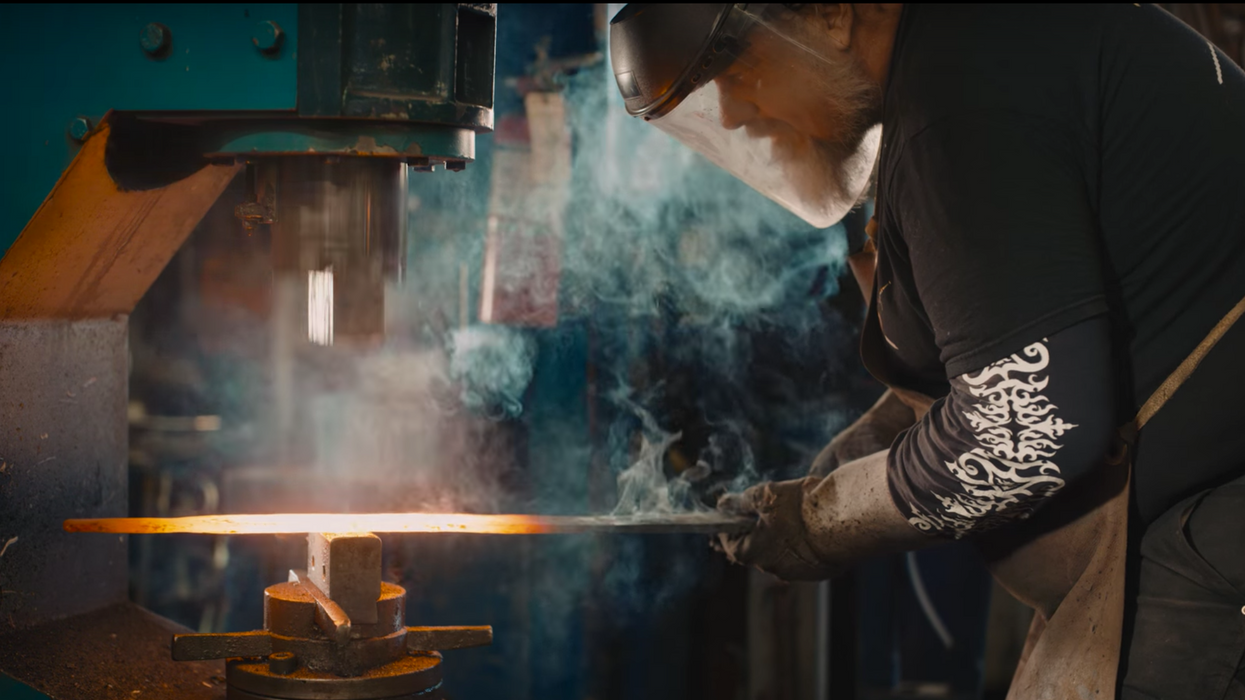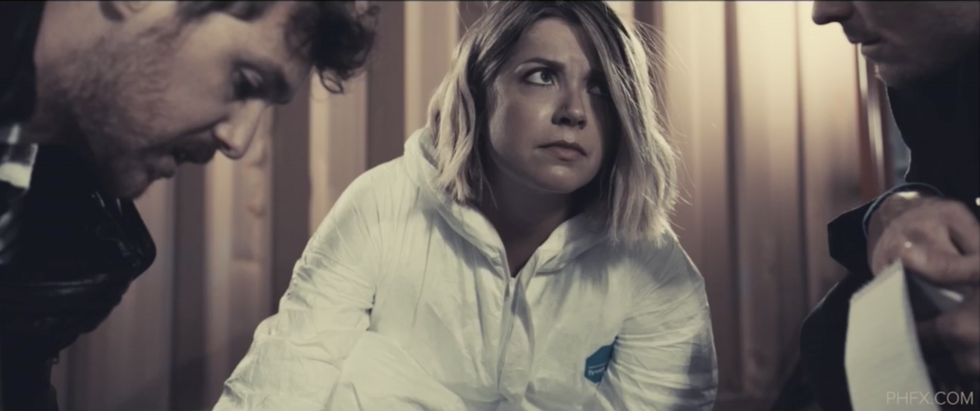3 Factors DP Phil Holland Uses to Choose His Lenses
DP and VFX expert Phil Holland shares his lens selection process with Adorama at NAB 2018.

Director of Photography Phil Holland has been creating commercial images for nearly 20 years, both as a cinematographer and as part of the VFX team on major productions like Iron Man and Life of Pi. He sat down with Adorama at NAB 2018 to talk about his lens selection process and how his lens choices help him create the emotions he wants to convey in each scene.
In his demonstration, Holland discusses how he defines "normal" and builds his lens package around that, the importance of focal length and how it can help your talent give their best performances, and some of the aesthetics that are unique to anamorphic lenses and why he believes lenses should be chosen for their unique characteristics. Watch the full video and read our key takeaways below.
1. Define your "normal" (and build from there)
What is "normal"? Normal is a lens that gives a perspective that approximates the field of view of the human eye. For different sized camera sensors, the lens focal length that approximates "normalcy" will vary. For some cameras, it's 35m, while for others it might be 50mm or 55mm. Therefore, Holland's process begins with identifying which focal length will give him a normal, or flat, view of the scene and then he chooses at least one lens that's wider, and one lens that's tighter based on his knowledge of the looks he wants to create and what will be appropriate for the subjects.
Holland also notes that, sometimes, a script will call for specific lenses to be used in certain scenes and that, obviously, those kinds of directions will factor into your lens package for a given shoot.
By choosing a lens that allows you to be further away from the talent with your camera, you can help them to deliver their best performances.
2. Defy convention
You don't always have to use a wide angle lens for a wide shot or a telephoto lens for a closeup. Holland references an opening shot of a wide landscape that he shot with an ultra telephoto 300mm lens in order to compress the perspective and change the field of view to yield the desired look. Conversely, if you want to lend an unbalanced look to a character, you might opt for shooting a closeup with a wide angle lens to take advantage of the dramatic distortion that will create. Holland shows another example where he shot a closeup with three characters in frame using a 25mm lens to create the familiarity that he wanted for that particular scene.
Holland also mentions the importance of being mindful of your talent's comfort level with respect to camera distance. He advises that it could make it difficult for anyone but the most seasoned professional actors to give an authentic performance if the camera is only inches from their face and that, by choosing a lens that allows you to be further away from the talent with your camera, you can help them to be comfortable and deliver their best performances.

3. Choose lenses for their looks, not just their lengths
Holland's advice is to get to know the unique characteristics of lenses beyond their focal length. He references one of his favorite lenses that's 60 years old and explains that he likes it because it's "funky". He goes on to say that, while most people will want and need clean lenses most of the time, it can be creatively advantageous to understand the unique properties of various lenses so that you can use them when you want to create a look that's a little bit different or unexpected.
He notes that anamorphic lenses also have their own unique characteristics. For one thing, they're able to capture about twice as much visual information horizontally compared with aspherical lenses. They have unique and identifiable bokeh rendition that Holland describes as more "painterly and surreal" than aspherical lenses, and they have an aesthetically pleasing way of rendering lens flares and streaks from light sources that can add what Holland calls "visual flare" to your projects.
The overall takeaway from Holland is that, whether you choose lenses for technical reasons or creative aesthetics, understanding the unique characteristics of different lenses can help you push your own creativity and create a unique look.
No Film School's complete coverage of NAB 2018 is brought to you by Adorama, My RØDE Reel, and Blackmagic Design.
More of No Film School's coverage from the NAB showroom floor:
Featured image from 'FORGED', shot by Phil Holland.












